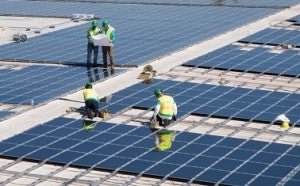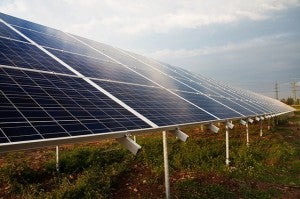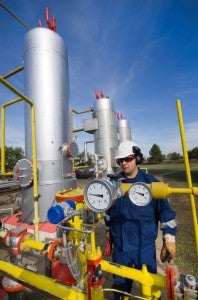
Source: Verizon
The holidays are upon us. As we prepare to gather with our friends and family, eat too much, and lounge around watching football, many people use this time to reflect on what they are grateful for. Being able to pay one’s electricity bill probably doesn’t make most people’s list, but for many Americans, it might.
The average household spends $1,945 annually on electricity, and homes with the lowest 20 percent of income spent nearly six percent of their income on energy bills. For many households, the cost of energy remains unaffordable. To put it in perspective, compared to middle- or upper-class homes, low-income households spend about twice the percentage of their income on energy. Yet, as Greentech Media points out, “many [energy management] solutions are tailored to the biggest homes, those awash in thousands of square feet of central air with a pool pump. Other solutions are tailored for middle-class homes, such as aggressive rebates for more efficient appliances. Many apartment-dwellers, however, do not own their major appliances.”
The future of smart home, energy-saving technologies is often more focused on affluent, early-adopters who benefit from innovative ways to save energy because they can afford the newest gadgets. Thankfully, these people are using their buying power to lead the way, as more demand will bring prices down for everyone. While it is important for all of us to conserve and better manage energy use, low-income individuals have the most to gain. Yet the technologies that can enable savings are often out of financial reach. Read More »
 As the year draws to a close, I’m grateful for three climate breakthroughs from 2014 that give me hope that we can still turn the corner toward a stable climate before it’s too late.
As the year draws to a close, I’m grateful for three climate breakthroughs from 2014 that give me hope that we can still turn the corner toward a stable climate before it’s too late.













